Round-table discussion organised to mark the publication of Une révolution iranienne : Femme, Vie, Liberté, with Odile Burluraux, heritage curator at the Musée d'Art Moderne in Paris, Chahda Chafiq, writer and sociologist, Rachida El Azzouzi, journalist at Mediapart and photographer, Hugo Vitrani, exhibition curator at the Palais de Tokyo and Julien Sirjacq, artist and head of studio at the Beaux-Arts in Paris.
Wednesday 4 October 2023
7:00pm - 8:00pm
Amphithéâtre des Loges
14 rue Bonaparte, 75006 Paris
From Saturday 16 September 2023 to Sunday 17 September 2023
10:30am - 6:00pm
Beaux-Arts de Paris
14 rue Bonaparte, 75006 Paris
The Beaux-Arts de Paris are opening the doors of their listed buildings, which are usually closed to the public.
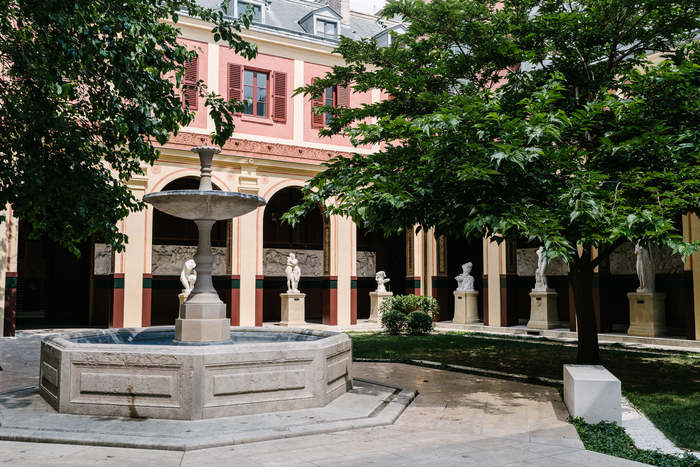
Crédit photo : Adrien Thibault
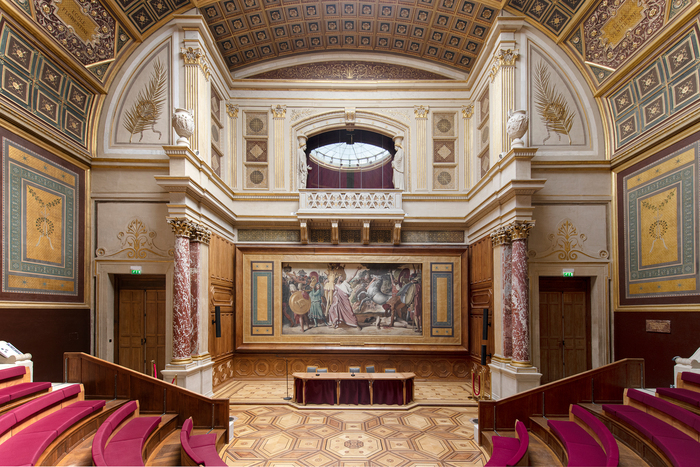
Crédit photo : Jean-Baptiste Monteil
From tuesday 17 october 2023 to sunday 22 october 2023
Every day from 10am to 7pm
Chapelle des Petits-Augustins
14 rue Bonaparte, 75006 Paris
The Beaux-Arts de Paris are pleased to welcome with Paris+ by Art Basel the project by Jessica Warboys and the gallery Gaudel de Stampa (Paris).
The 17th-century chapel of the Beaux-Arts de Paris will host an exhibition by British artist Jessica Warboys, exploring the overlap between man-made culture and nature. Titled ‘THIS TAIL GROWS AMONG RUINS’, it will combine a multichannel video and sound installation with a large collage of unstretched paintings. Warboys makes these by following a unique process: She brushes the canvas with beeswax, immerses it in wild bodies of water, and then sprinkles it with mineral pigments on the shores. In her eponymous video work, the artist stages the journey of a candle through various sites where nature and culture intersect, from the Biblioteca Joanina in Coimbra, Portugal – home to a colony of bats that protect its precious manuscripts from insects – to the pine forest surrounding the Arvo Pärt Center in Laulasmaa, Estonia. The video is accompanied by a soundtrack using the amplified sounds of bats, composed by Morten Norbye Halvorsen. The project is presented by Gaudel de Stampa (Paris).
Practical info
From Tuesday 17 October 2023 to Sunday 22 October 2023 every day from 10am to 7pm
Free admission to the exhibition
Chapelle des Petits-Augustins
14 rue Bonaparte, Paris 6
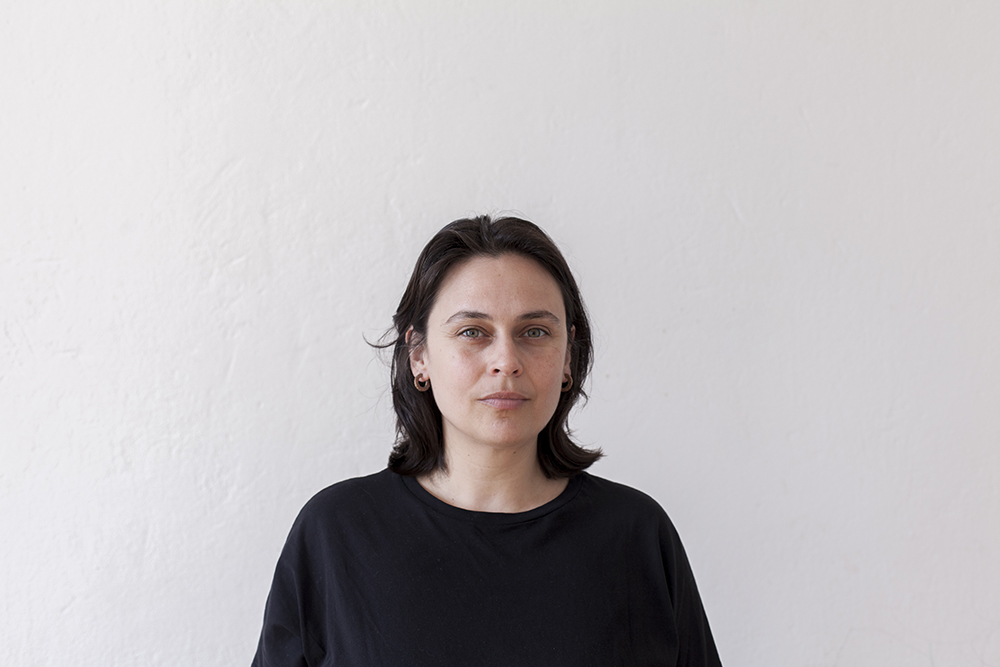
Portrait de Jessica Warboys
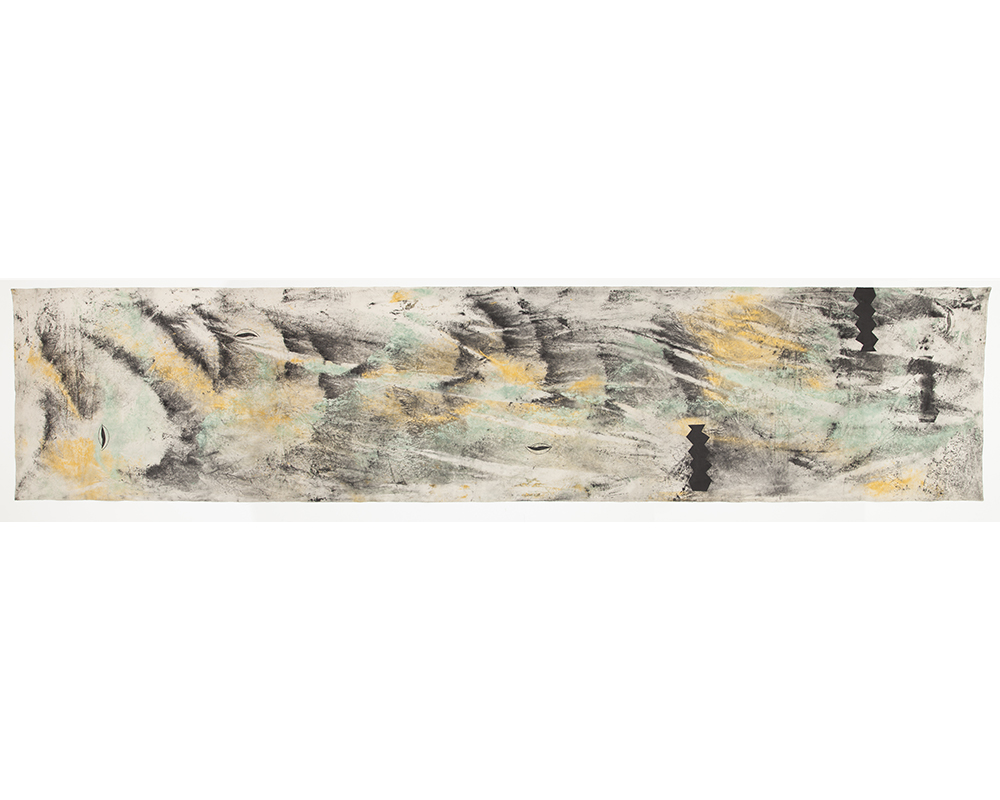
RIVER PAINTING FOSSBEKKEN 2021
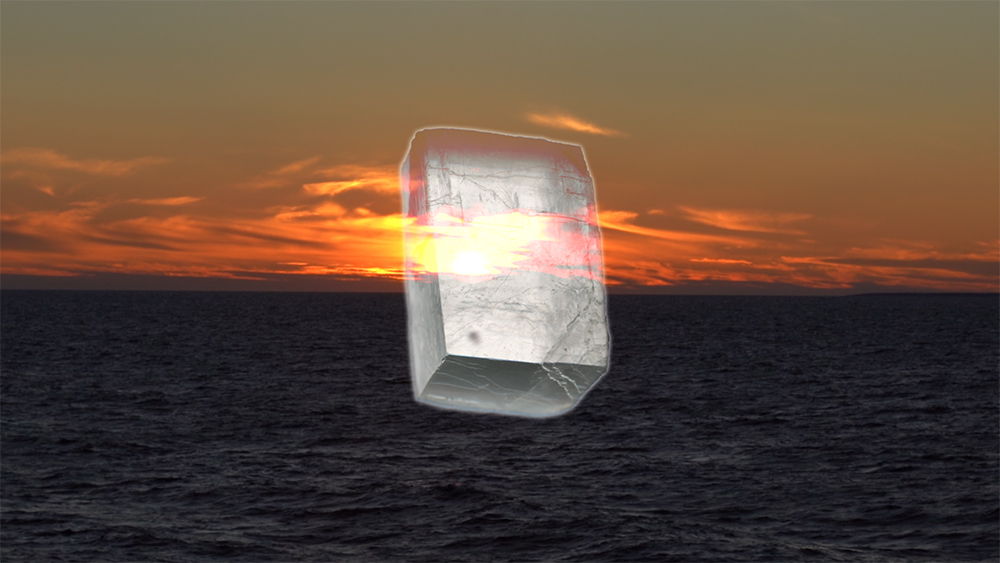
THIS TAIL GROWS AMONG RUINS
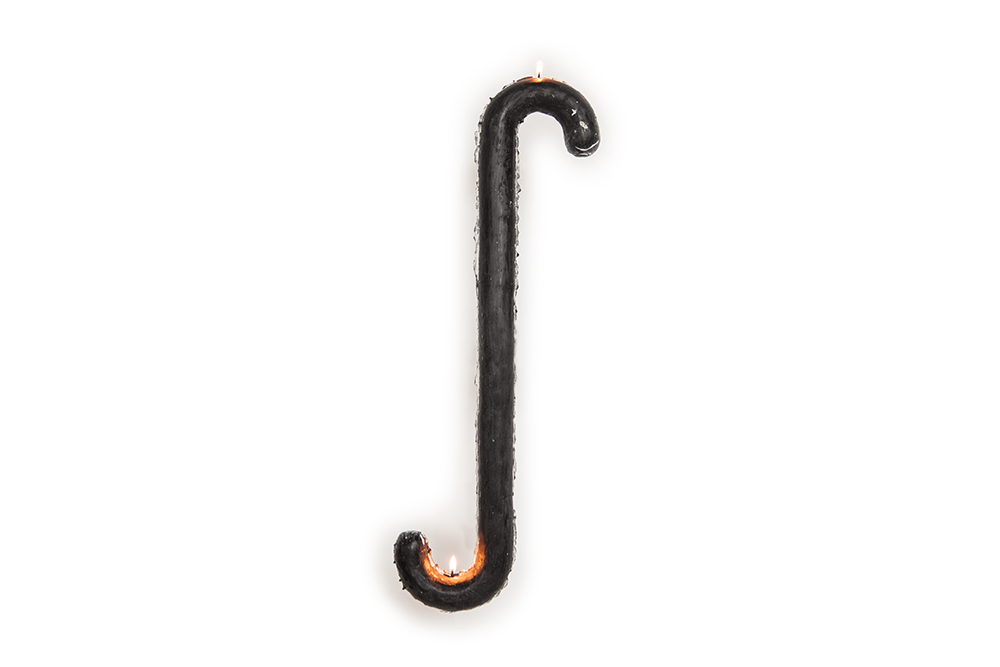
THIS TAIL GROWS AMONG RUINS
From thursday 29 june 2023 to saturday 1 july 2023
Thursday and Friday from 12pm to 8pm and Saturday from 12pm to 6pm
Chapelle des Petits-Augustins
14 rue Bonaparte, 75006 Paris
The exhibition presents the 13 winners of the 2022 prizes and bursaries awarded by the Association des Amis des Beaux-Arts de Paris.
Created in 2007 by agnès b. to support young artists, in 2022 the association Les Amis des Beaux-Arts de Paris awarded 7 prizes and 6 bursaries worth 5,000 euros to students in their 3rd or 5th year of study, recent graduates or students from the Via Ferrata preparatory class who have entered the School. The work of the thirteen winners is on display in the Petits-Augustins chapel at the École.
The winners on display:
- Abdelhak Benallou - Portrait Prize, Bertrand de Demandolx-Dedons Prize
- Jules Bourbon - Thaddaeus Ropac prize
- Malo Chapuy - agnès b. prize
- Zhexiang Chen - Friends prize
- Clédia Fourniau - Silver Linings Arts scholarship
- Manon Gignoux - Friends scholarship
- Dora Jeridi - Khalil de Chazournes prize
- Emily Koffi-Brou - François Dujarric de la Rivière scholarship
- Bertille Letillois - François Dujarric de la Rivière scholarship
- Gabriel Moraes Aquino - F.P. JOURNE watches scholarship
- Mathis Perron - Friends' scholarship
- Pierre-Alexandre Savriacouty - special mention of the jury
- Rayan Yasmineh - Weil, Gotshal & Manges Prize
Practical info:
Free admission to the exhibition
From 29 June to 1 July, from 12 noon to 8pm on Thursdays and Fridays, and until 6pm on Saturdays, in the Petits-Augustins chapel.
More information about the Friends of Fine Arts or becoming a member of the association
From Thursday 29 June 2023 to Sunday 2 July 2023
12:00pm - 8:00pm
Beaux-Arts de Paris
14 rue Bonaparte, 75006 Paris et 126 rue des Rosiers, 93400 Saint-Ouen
Detailed programme Ateliers Ouverts 2023
Thursday, Friday, Saturday at SAINT-GERMAIN and Sunday at SAINT-OUEN
The Ateliers Ouverts are a unique opportunity to discover the young creativity and artistic diversity produced by students at the Beaux-Arts de Paris.
The studios are transformed into exhibition spaces, offering a panorama of work produced from the first to the fifth year: installations, paintings, photos, sculptures, videos, etc.
From friday 9 june 2023 to tuesday 20 june 2023
Mondays from 2pm to 7pm and Tuesdays to Fridays from 11am to 7pm.
Bibliothèque des Beaux-Arts de Paris
14 rue Bonaparte, 75006 Paris
The Bob Calle Prize is a Europe-wide award created in 2017 by Laurence Dumaine Calle in tribute to Bob Calle (1920-2015) "to highlight the abundant diversity and fundamental freedom of the artist's book". Awarded every two years by a jury made up of people recognised for their contribution to artists' books, the prize is €5,000 for an artists' book selected by international experts.
For its fourth edition, 52 artists' books from 10 European countries will be in competition this year. The awards ceremony will take place on Thursday 08 June 2023 in the amphitheatre of the École nationale supérieure des Beaux-arts de Paris. It will be followed, from 7pm, by a book sale and an exhibition of the works at the Bibliothèque d'art contemporain from Friday 09 June to Tuesday 20 June 2023.
For further information: https://www.prixdulivredartiste.com/
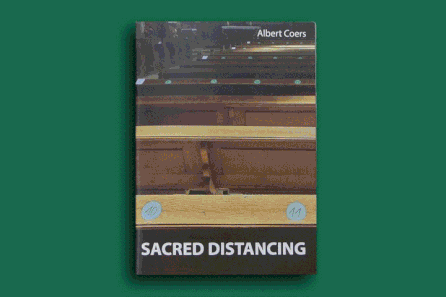
Exposition - Prix Bob Calle
From saturday 3 june 2023 to sunday 27 august 2023
Wednesday to Sunday from 12pm to 6pm
GALLERIA CONTINUA - Les Moulins
46 Rue de la Ferté Gaucher, 77169 Boissy-le-Châtel
Students in the Fresco and Situated Art programme at the Beaux-arts de Paris: Yoann Aka, Mathias Bensimon, Pauline Conforti, Flora Coupin, Paul Curti, Luc Pommet, Hervé de Saint Blancard, Princesse Diakumpuna, Amalia Khalifa, Neeve Moule Drige, Viktoria Oreshko, Nassim Sarni.
GALLERIA CONTINUA / Les Moulins is pleased to present the exhibition MICRO / MACRO in its educational space ART & FUTUR.
This exhibition is the result of a partnership between GALLERIA CONTINUA and the Filière Fresque & Art en Situation at the Beaux-arts de Paris.
Eleven students from the first year of the programme, accompanied by their coordinator Virginie Pringuet and guest artist Benoît-Marie Moriceau, present their research. This project is part of the ContinuActions programme, a series of inclusive experiences offered by GALLERIA CONTINUA in which mediation is adapted to the audience.
ART & FUTUR Ex-Ex: Expo Experience began in 2021. The project aims to provide a research ground for the development of cultural mediation, through a range of activities aimed at young audiences. In the dedicated ART & FUTUR space, the works are placed at children's level. The experimental exhibitions are adapted to their needs and invite them to play to broaden their perception of the world.
After welcoming international artists such as Nedko Solokav in 2021 and Shilpa Gupta in 2022, this summer GALLERIA CONTINUA will welcome students from the Filière Fresque & Art en Situation.
Over the course of the year, under the guidance of Benoît-Marie Moriceau, they have carried out a series of 'micro-projects' (sketches, models, studies, plans, maps, prototypes, etc.) with a view to creating a 'macro-project' - a work of art created for a specific situation or location, on the scale of an architecture, a site or a territory. Some of these 'macro projects' will be realised, while others will remain purely fictitious.
In MICRO / MACRO, the students present their ideas, their research and their aspirations for the future. This approach makes it possible to appeal to a wide audience, emphasising the back-and-forth between the imaginary and the real; between the explorations of the world of childhood and the know-how acquired by adults. The idea is to show that a small project can become a large one, from a drawing on a table to a city-wide artistic intervention.
With MICRO / MACRO, they were also able to reflect on the issues surrounding the accessibility of their art. They have explored the possibilities of transmitting their art to young audiences, making it active and interactive by thinking about it through the prism of mediation.
Practical info
From Saturday 3 June to Sunday 27 August 2023
46 Rue de la Ferté Gaucher, 77169 Boissy-le-Châtel
From Thursday 1 June 2023 to Sunday 16 July 2023
1:00pm - 7:00pm
Librairie des Beaux-Arts de Paris
13 quai Malaquais, 75006 Paris
Le Cercle s'Ouvre Act 2 :
5 July at 5.30pm / conversation between René-Jacques Mayer, Caroline Naphegyi and artists Sara Favriau, Vincent Lamouroux, Nicolas Momein, Morgane Tschiember and Aurélie Sarallier, founder of ColAAb-édition
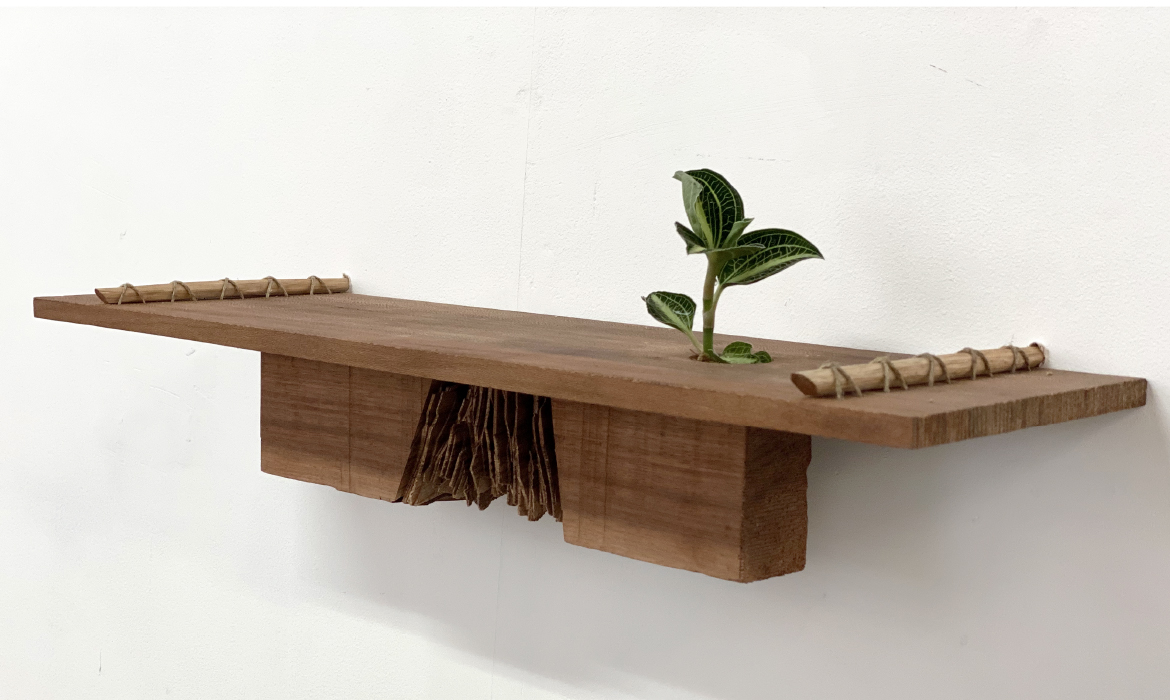
©Et si le ciel est un lieu dit, je le revois prêt du front - Sara Favriau
Wednesday 14 June 2023
7:00pm - 9:00pm
Amphithéâtre des Loges
14 rue Bonaparte, 75006 Paris
Screening of short films by six student artists or graduates of the School: Joon Yoo, Valentin Ranger, Elfie Mahé, Enzo Perrier, Jérémie Danon, Anaïs-Tohé Commaret.
The screenings will be followed by a discussion with the artists.
The programme has been devised and put together by Alice Narcy, curator and director of Premiers Films.
Wednesday 7 June 2023
7:00pm - 8:00pm
Amphithéâtre d'Honneur
14 rue Bonaparte, 75006 Paris
Born in 1962 in Philadelphia, Lisa Yuskavage received her BFA from the Tyler School of Art in 1984 and her MFA from the Yale School of Art in 1986. Since 2005, the artist’s work has been represented by David Zwirner.
Debug Vue : ID:



